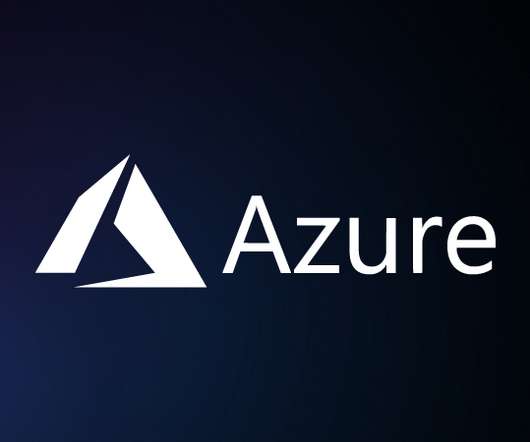Understanding What Kubernetes Is Used For: The Key to Cloud-Native Efficiency
Percona
NOVEMBER 9, 2023
You may already be using it daily and find it makes running applications in the cloud much more manageable. At its core, Kubernetes (often abbreviated as K8s) is an open source tool that automates the deployment, scaling, and management of containerized applications.


































Let's personalize your content